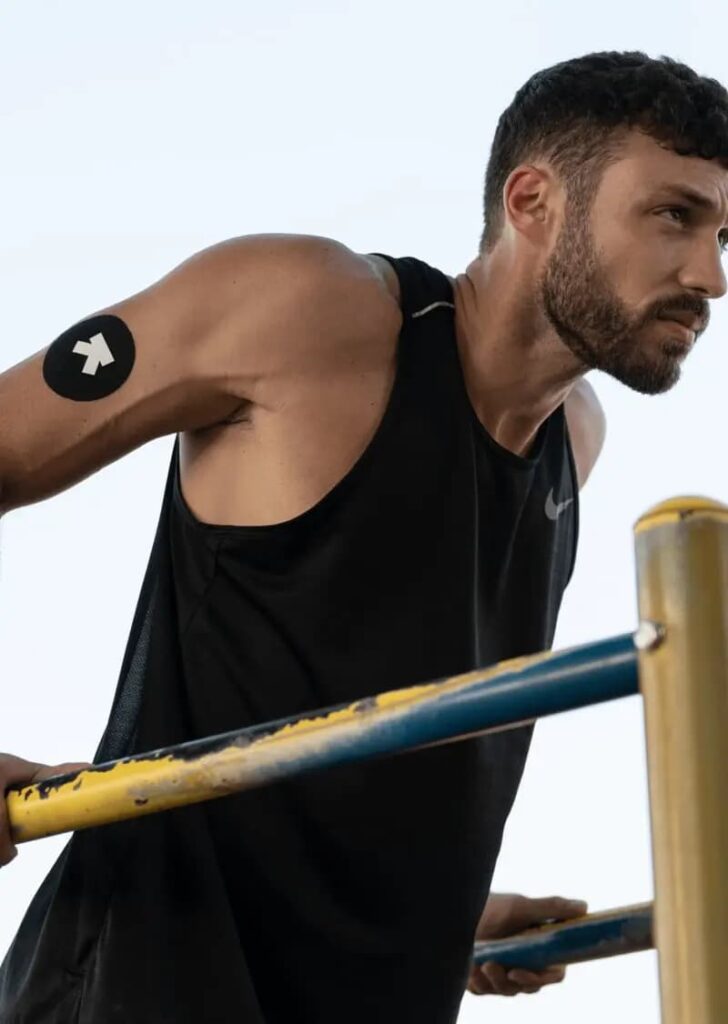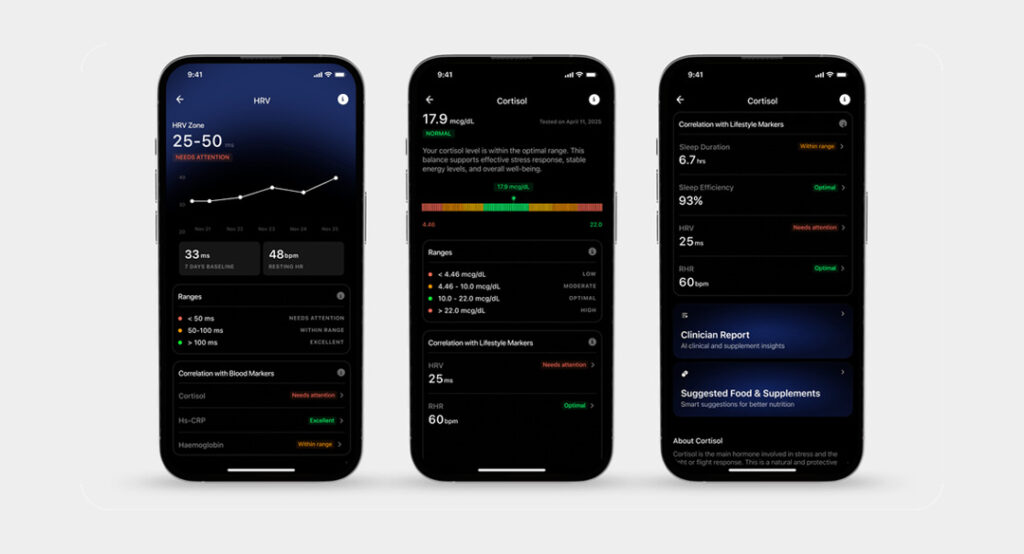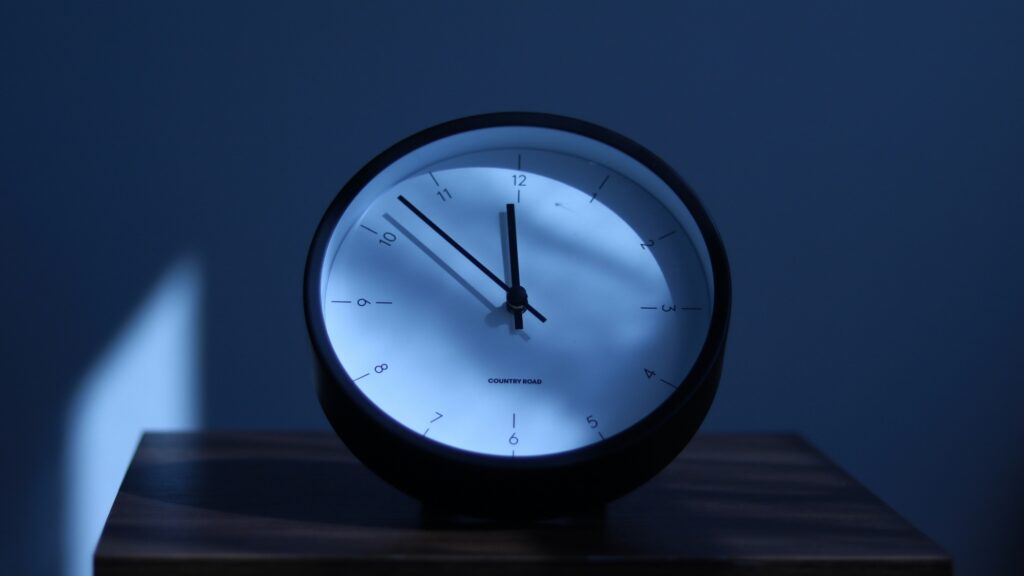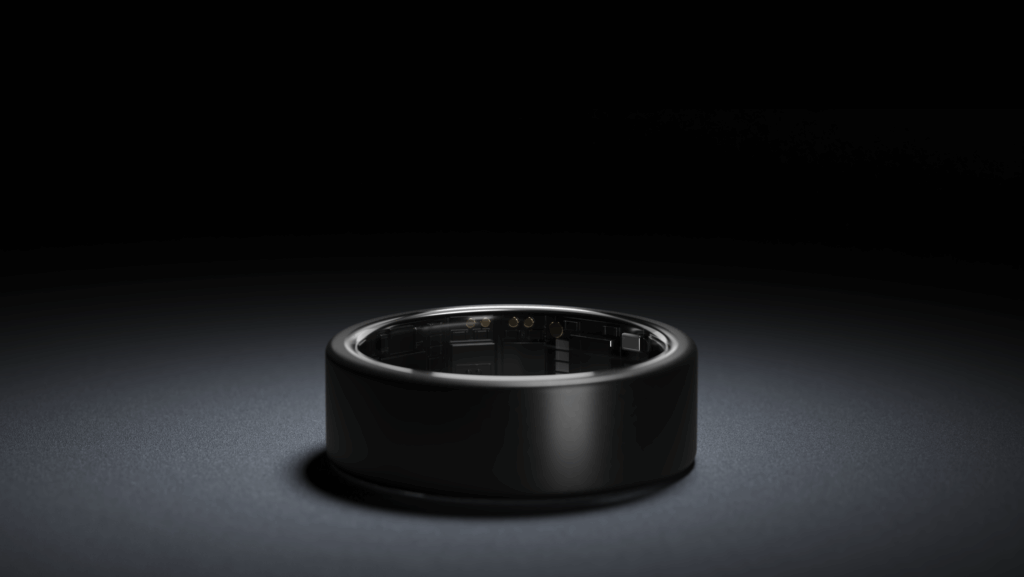Ultrahuman Ring AIR can show you when something’s off – and now Blood Vision can tell you why. When combined, they offer a powerful new way to prevent illness early, guide targeted action, and track improvements.
All too often, we wait for symptoms to appear before taking action. But research shows that preventive action improves health outcomes.
In the two real-world stories below, Blood Vision and Ultrahuman Ring AIR are used in different ways. The first proactively spots an emerging condition, and the second reacts to subtle changes in biometric data that reveal an underlying issue.
The outcome in both was meaningful change, driven by data.
Introducing Blood Vision: At-home testing for 100+ biomarkers now in the US
Case 1: An unexpected surprise
At first glance, the 31-year-old male in this story didn’t appear to be a candidate for health concerns. He worked as a first responder, led an active lifestyle, and didn’t report any major symptoms.
But the stress load of his job and an obese BMI of 29.6 kg/m² hinted at a more complex picture. And his Blood Vision test hinted at early signs of metabolic dysfunction:
- HDL cholesterol: 41 mg/dL — Suboptimal levels of this “good” cholesterol suggested reduced cardiovascular protection.
LDL cholesterol: 119 mg/dL — Elevated “bad” cholesterol, increasing the risk of arterial plaque formation.
HDL/LDL ratio: 0.3 — A poor lipid balance; values below 0.4 are associated with higher cardiometabolic risk.
hsCRP: 4.422 mg/L — A strong marker of systemic inflammation, well above the healthy range. - HOMA-IR: 2.6 — The Homeostatic Model Assessment of Insulin Resistance suggested emerging insulin resistance.
- RBC count and ESR: Both slightly elevated, indicating cardiovascular strain and low-grade inflammation.
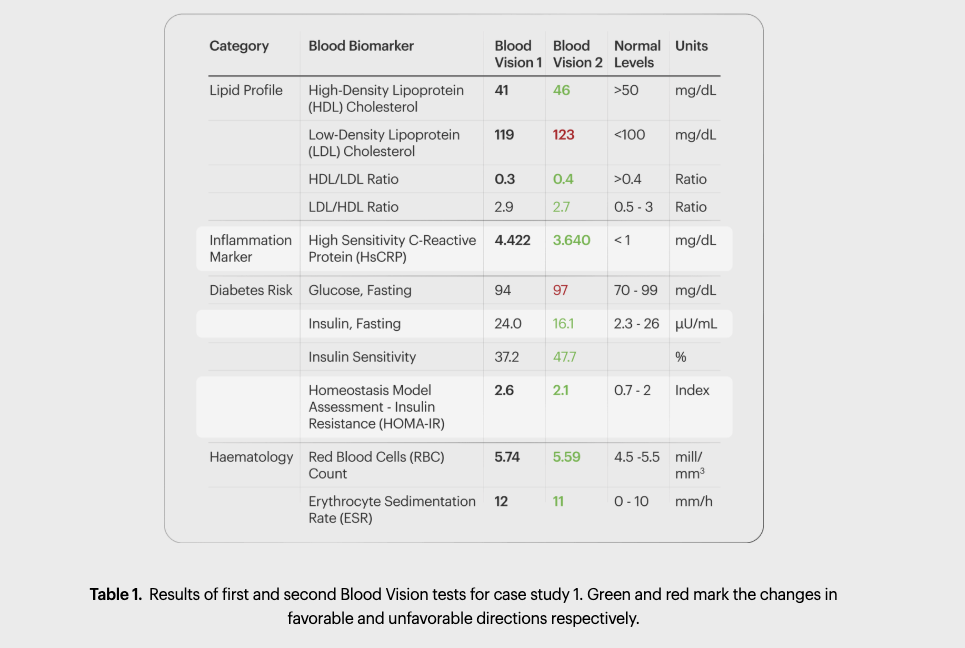
These results weren’t diagnostic of disease, but they painted a picture of a system under strain. And critically, they were modifiable.
The subject began tracking sleep, activity, and recovery using the Ultrahuman Ring AIR. He also received personalized coaching and shifted his routine to include structured workouts, dietary adjustments, and improved sleep hygiene.
Within weeks, the Ring AIR data started to show meaningful physiological changes. Sleep efficiency rose, resting heart rate during sleep declined, and heart rate variability increased. Recovery scores improved, and his movement patterns became more consistent.
A follow-up Blood Vision test in Week 7 confirmed that these changes weren’t just surface-level. His HDL cholesterol rose, bringing his lipid profile closer to a healthier range. Fasting insulin levels dropped significantly, and HOMA-IR improved from 2.6 to 2.1, suggesting better glucose control and reduced insulin resistance. hsCRP levels also fell, pointing to a reduction in systemic inflammation.
In short, the interventions had not only shifted daily wearable metrics but they had also altered underlying biological risk factors. What began as a proactive check-in had become a targeted course correction.
Case 2: Wearable data revealing an underlying problem
The second case followed a very different arc.
A 43-year-old woman, a long-time Ultrahuman Ring AIR user, began noticing a creeping change in her data. Over several months, her resting heart rate rose steadily (5 bpm and night and 8 bpm during the day). Her recovery scores dropped, and despite maintaining a healthy lifestyle, her body felt less responsive. At the same time, she began experiencing excessive menstrual bleeding, which she initially chalked up to perimenopause.
With no clear external explanation, she turned to Blood Vision, opting for a comprehensive panel with hormonal add-ons. The results brought clarity:
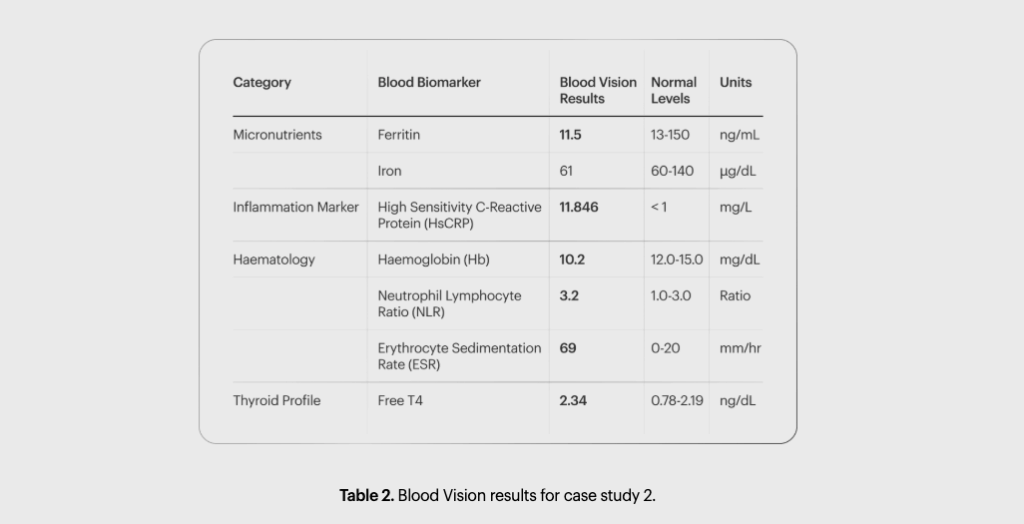
- Ferritin: 11.5 ng/mL — Critically low iron stores, confirming iron-deficiency anemia.
- Hemoglobin: 10.2 g/dL — Below the threshold for clinical anemia in women.
- hsCRP: 11.846 mg/L & ESR: 69 mm/hr — Strongly elevated inflammatory markers.
- Free T4: 2.34 ng/dL — Slightly raised thyroid hormone, sometimes seen during hormonal transitions.
- NLR: 3.2 — Marginally above normal, reinforcing the inflammation signal.
These results pointed to a system under physiological stress, likely driven by ongoing blood loss. She consulted her physician and gynecologist, and a follow-up ultrasound confirmed the presence of a previously undiagnosed uterine fibroid – a direct explanation for the anemia and inflammation.
She began treatment that included iron supplementation (ferrous fumarate), anti-inflammatory support (glutathione and selenium), and medication (tranexamic acid) to reduce bleeding.
Notably, many of these interventions aligned with recommendations already surfaced in her UltraTrace report, suggesting glutathione, boron, selenium, and creatine supplementation
Over the next 12 weeks, her Ring AIR metrics began to return to baseline. Resting heart rates declined, and recovery scores stabilized. The data reflected a reversal of the deterioration trend that had prompted testing in the first place.
Without the Ultrahuman Ring AIR signal, this condition could have been missed or diagnosed much later.
Two stories – dual approaches

As a society, we deprioritize the prevention of illness and wait for symptoms of chronic disease to appear. That makes illness more difficult and costly to treat in the long run.
By using wearables such as Ring AIR and deep biomarker testing with Blood Vision in tandem, these two case studies showcase the power of preventive healthcare.
A study by the U.S. Preventive Services Task Force concluded that a proactive approach to noncommunicable disease (NCD) prevention – covering cardiovascular disease, diabetes, cancer, and chronic respiratory disease – delivers measurable benefits. “These diseases… are often preventable and manageable if detected early.”¹ This reinforces the value of screening and behavior change tools—such as wearables that track early physiological signals—in helping individuals take corrective action when it can make the greatest impact.
In Case 1, Blood Vision initiated action, and Ring AIR measured its effectiveness. But in Case 2, Ring AIR flagged an unseen issue, and Blood Vision delivered the clinical context.
Used together, these tools create a powerful feedback loop. Blood Vision provides biological depth and diagnostic specificity. Ring AIR gives real-time insight into how your body responds, adapts, and recovers day to day.
As a health ecosystem that covers continuous wearable monitoring, blood testing, metabolic health, and home environment tracking, Ultrahuman is uniquely placed to connect the dots about people’s health in meaningful ways.

